Over the last year or so I’ve obtained a bunch of new fly fishing gear: some of it upgrades of existing gear, others new gear that I’ve been wanting for a while and a couple that were replacements for broken or lost gear. For the most part, I’ve been very pleased with most of it, so I thought I’d share some thoughts on the more notable items.
Brodin Ghost Landing Net
As I mentioned in my last post, my wife bought me a new landing net for Christmas this year. My previous (very cheap) net broke last year when I accidentally stepped on it in the stream. I had my eye on some Brodin Ghost nets and was talking to a buddy about them several weeks ago. I guess my wife caught wind of this and ended up having him pick one up for me. Good thing I never completed that on-line order that I started a week before Christmas!
I had been looking specifically at the Brodin Gallatin Ghost, which is a slim oval shape, similar to my last net. Instead I received an Orvis branded Brodin net, which is basically the Brodin Cutthroat Ghost with an Orvis logo. I’m extremely happy with it and I think it will actually be a better net for my uses, since its wider opening will be a bit more forgiving – especially when I’m struggling to land a big fish in the dark.
Smith Tenet Sunglasses, with Polarchromic Copper Lenses
If you mention sunglasses to my wife, she’s sure to cringe. Not only do I devote absurd amounts of time talking about and shopping for glasses when I’m in the market for a new pair, but I have a history of spending top dollar on sunglasses and then losing or damaging them. The most recent examples of this are when I lost both a pair of polarized Arnette glasses and my (brand new) Smith Hideout glasses last summer. The former were lost when diving into a lake while wearing them and the latter were left at a fishing access point, never to be seen again.
First, a bit of history on my quest to buy the ultimate fly fishing sunglasses. The Polarchromic lenses on the Smith glasses is a first for me. These are basically a polarized glass version of a Photochromic lens (automatically lightens/darkens based on light levels). In addition to not being cheap, I went through quite an ordeal to obtain them. I was set on this type of lens from Smith, but they simply could not be found anywhere in the Toronto area. I had no choice but to order them on-line.
I first ordered the Guide’s Choice model with a Polarchromic Amber lens. This seemed to be one of the more popular frame styles so I thought it would be a good start. I knew Copper was the popular lens colour choice, but I thought I would try Amber instead since it provides a bit more light transmission and would be better for low light situations. As it turned out, the Guide’s Choice frame style did not fit my face very well – there was a good sized gap between the frame and my face. On top of this, while the Amber lens did seem good in low light, it was just too unbearable in bright light.
So, after a couple phone calls and some more frame comparisons, I sent the Guide’s Choice back and exchanged them for the Hideout model, this time in Polarchromic Copper Mirror. This was another area I spent a lot of time investigating – the differences between the Copper and Copper Mirror lenses. My conclusion was that the mirror would reflect a bit more light and be slightly darker than the non-mirror and it should not compromise performance much. In reality, my main reason for picking the mirror lens was simply that I liked the frame style more.
Thankfully, shipping is very fast through the Smith Optics website and it usually took only a single day for orders to arrive at my doorstep. When the Hideouts arrived, I was pleased that they fit much better. I wouldn’t call it a perfect fit, but a good fit. I was also pretty happy with the performance of the copper mirror lens, which was very good in bright light though obviously not quite as good as the amber in low light. I’ll admit that I didn’t feel like they were that amazing, at least not compared to the expectations I had from reading on-line reviews. Still, they were very good and I was more than happy with them.
As mentioned earlier, the Hideouts did not last more than a few weeks before I misplaced them while packing up my gear after a day of fishing. As fast as I could research and buy them, I lost them… Needless to say, neither my wife nor I was very pleased about this and it wasn’t until a couple weeks ago that I got around to replacing them. I figured this time around I would try the only lens colour I hadn’t yet – the most popular and obvious choice, Polarchromic Copper (no mirror).
Since I didn’t like the frames that came with the Hideout Copper lenses, I found another model that looked nicer and seemed to be sized similarly. I ordered the Tenet in Polarchromic Copper and got them the next day.
These glasses fit even better than the Hideouts did, they are lighter, more snug to my face and the copper lens is all around much better (in my opinion) than the copper mirror lens. I’ve yet to take them out fishing, but I’ve been using them for driving and they finally seem as amazing as all the reviews I had read. It took me a lot of money and time to get here, so hopefully I’ll treat this pair better and still have them several years from now.
Fishpond Wildhorse Tech Pack
Ever since I stared fly fishing, I’ve been wearing the basic type of fly fishing vests. Nothing fancy, medium weight and just enough pockets to carry my fly boxes and other small gear. Not that I care much about trends, but I would say that these traditional types of fishing vests have been going out of style for a while. They are usually replaced by either chest packs, tech packs or nothing at all (minimalist approach).
I’ve tried chest packs in the past and I’m not a very big fan. The main problem I have with them is that they don’t feel very balanced when you are wearing them, since all of the weight is in the front. Many sit high on your chest and this adds to the awkwardness of them as well.
I’ll admit that I do like the minimalist approach of not wearing a vest at all. On rainy days, when I have my rain jacket on, I usually do leave the vest in the car. However, you still need to carry bare essentials and this includes at least tippet, fly boxes, a couple tools and often a net. Having a shirt with a lot of pockets helps, as does a fly fishing lanyard / tippet necklace. On hot days when fishing for fairly short periods of time, I think this is the ideal approach.
However, when I hit the river it’s usually for extended periods of time. I like to hike far enough to get away from the crowds and find holes that are less frequently fished. Sometimes it’s simply because I haven’t fished for a while and need to binge, so I like to pack a lunch, some drinks and hit the river for a whole day. With this type of fishing, none of the other options really cut it – not even the classic fishing vest. I would often stuff food and drinks into the back of my fishing vest (which was not made for this) and deal with my vest being overloaded and uncomfortable all day. Then, I found out about Fishpond’s Tech Packs and immediately wanted one.
Tech Packs are made for exactly these types of situations. They come in a variety of sizes, have an integrated backpack and vest-like pockets on the front. They’re specifically designed to be able to carry a lot of gear and still be very balanced, with weight distributed to your shoulders instead of your back. I finally picked one up last season and couldn’t be happier with it. I will still do the odd day without a vest or pack, when I’m not venturing out too far or for too long. But on those longer days or when the weather is questionable, it’s great to be able to easily carry a lunch, drinks, a rain jacket, extra reels/spools and even an extra rod – all comfortably.
Simms RiverTek Boa Wading Boots
I’ve been wearing Korkers wading boots for a few years and I was very happy with them overall. I had an older lace-up pair that had interchangeable soles, which I very much appreciated when I wanted to use the boots for something other than fishing. For example, I would use the felt soles exclusively for fishing and I would use the rubber soles for back country canoe trips.
Well, last year they finally died. My felt soles were ruined and the rubber soles that came with them did not seem to have enough grip on the slimy rocks of the Grand River. On top of that, there was a hole forming in the toe and the clips that the soles snapped into were wearing out.
I needed a replacement pair and the main feature I wanted to have was the new Boa Lacing System. This makes it so much easier to put on and take off your boots… no fussing with laces, a great snug fit, super fast to do up and nearly instant to undo. I intended on buying a new pair of Korkers, but it nobody had my size (13) in stock. I was in desperate need, so instead of Korkers I found a pair of Simms RiverTek Boa wading boots in my size.
I was a bit reluctant at first because the pair they had in stock did not have felt soles – they were rubber / Vibram. However, with the anti-felt-sole movement of late, which urges anglers to stop using felt soles due to their promotion of the transfer of invasive specifies between rivers, I decided to buy them. I figured, if they were too slippery I could just buy some spikes.
Well, I was pleasantly surprised all around by these boots. First, they seemed like a higher quality boot than the Korkers. The fit was better, the seams and soles looked sturdier and they offered more support. The Boa system was actually more amazing than I expected it to be and the Vibram rubber soles were fine even without spikes. So far, I would say they’re my favourite boot to date. Since I bought the rubber soles (and not felt), I’m also happy that I can take them on portage trips in the future as well.
Simms Headwaters Gore-Tex Jacket
A good rain jacket for fishing is something I’ve been wanting for years. It’s just another expensive piece of gear that you eventually need to splurge on. It was my last two Algonquin trips where I realized I absolutely needed one however, when I was stuck on a 30 km canoe trip in the pouring rain with nothing but a plastic rain poncho.
In addition to being a great all around fly fishing jacket for rainy days, it will also serve me well on hiking or canoeing trips and as an outer layer in cold weather fishing. I looked at a bunch of different jackets and ended up settling on the Simms Headwaters jacket, which seemed to have just the right fit and features without breaking the bank:
- Gore-Tex outer layer with micro-fleece inner layer
- Two large pockets on the front with gear clips inside, capable of easily holding large fly boxes
- Fleece-lined hand pockets for keeping your hands warm on cold days
- A deep hood with a bit of brim to keep you completely sheltered from heavy rain
- A net clip on the back
- Just the right length and weight to keep you comfortable in any weather, with appropriate layering underneath
Long story short, it’s a simply designed Gore-Tex jacket with just the right amount of features at a good price ($200).
Hardy Zenith 8’6″ #4 Fly Rod
The final piece of gear worth mentioning is my long overdue trout rod upgrade. I actually bought this during the 2012 season, but I thought I’d include it here anyway. It’s hard to believe I got by on entry level fly rods for so many years. Don’t get me wrong, they do the job and a rod is not going to make anyone a better fisherman (actually, that is somewhat arguable). There are just a lot of advantages to using a better rod that is made from higher quality materials.
It was time to shell out some decent money on a good rod, but I didn’t want to unnecessarily spend without doing my research. So as usual, I devoted a lot of time to reading and looking at different rods. Living in North America, the obvious choices for high-end rods are brands like G. Loomis, Sage, St. Croix and Orvis. I also looked at a couple other mid-tier rod makers, such as Temple Fork Outfitters.
Going into this, I would have never guessed that my rod of choice would not end up being from any of the above mentioned manufacturers. I settled on a Hardy Zenith 4 weight rod. Hardy has long been a popular rod maker in Europe, but in North America they are known more for their reels than rods. If you follow the Yellowstone Angler Rod Shootouts (one of the most popular sources for in-depth rod reviews), you’ve surely heard of the Zenith as it’s topped several of their recent shootouts. It was their 2012 Four Weight Shootout that got me looking into this rod.
In the past, I’ve always used 5 weight rods for trout fishing. Like most people say, this is a good versatile choice for all-around fly fishing. After my first few 5 weight rods, I began doing more small stream fishing and realized that I need something smaller, so I purchased a 7’9″ St. Croix Avid 3 weight. I still have this rod and I enjoy it very much for small stream fishing. I’ll occasionally use it on slightly larger rivers, especially if I’m only fishing for brookies, but it really is not suitable for large trout.
When I started fishing for bass on a fly rod, the only choice I had was either one of my 5 weight rods, or my much larger 8 weight. I’ve been using an old 5 weight, but it’s far less than ideal. Sure, for small to average sized bass it does the trick. But if you land a large bass or a pike (which is very common in areas where bass exist), the 5 weight is not up to the job. On top of that, casting large bass or pike flies is not something that a 5 weight is ideally suited for. For bass, a 6 weight is ideal and it’s definitely on my list of big purchases in the near future.
All this got me thinking… 5 weights really are a general purpose all-around rod that you can use for almost anything. Just like with other things, a jack-of-all-trades is usually not expert in one specific thing, but rather mediocre to good at most things. This is how I feel about 5 weight rods now. If 90% of my fishing is for resident trout, is a 5 weight really my best choice?
As it turns out, I don’t think it is. An 8’6″ – 9′ 4 weight rod is just enough rod to handle any resident trout without much trouble, yet light enough to not tire you out after a long day of fishing. Add to this some of the high-end ultra-light materials used in many of today’s top rods (like the Zenith) and you have a very capable light-weight rod that is perfect for resident trout fishing. No need for a bulkier general purpose 5 weight, especially if you also have (or plan to buy) a 6 weight for bass.
I’ve been using my Zenith now for 1.5 seasons and it’s been a pleasure to use. I’ve definitely noticed an improvement in casting accuracy and distance with this rod and it’s so much lighter and easier to cast for extended periods of time. As a bonus, taking a step down in weight makes it so that I can take it out brookie fishing on rivers without feeling like overkill (like my 5 weight did).

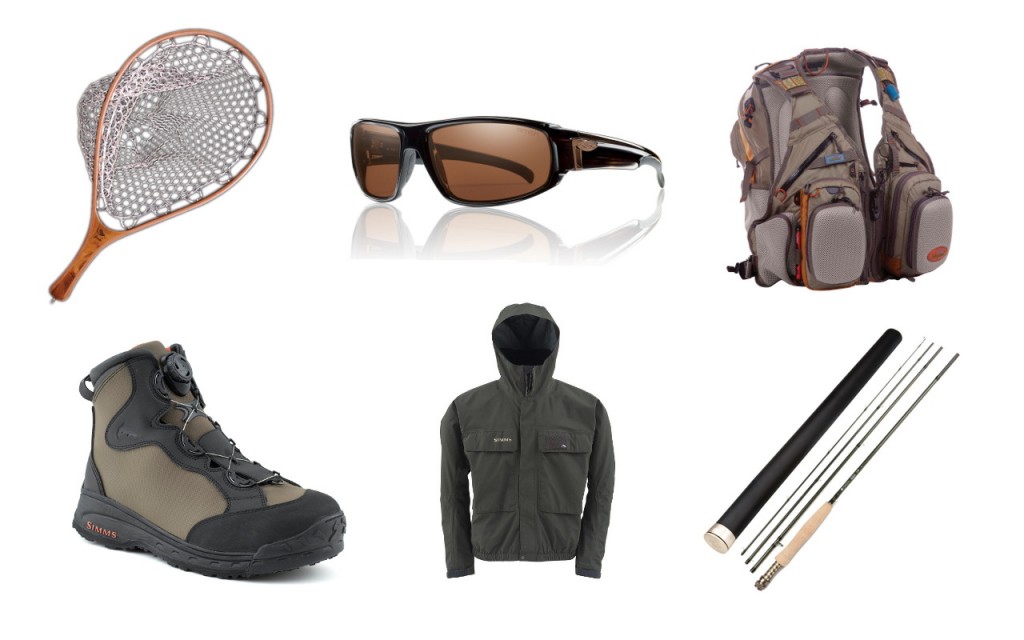
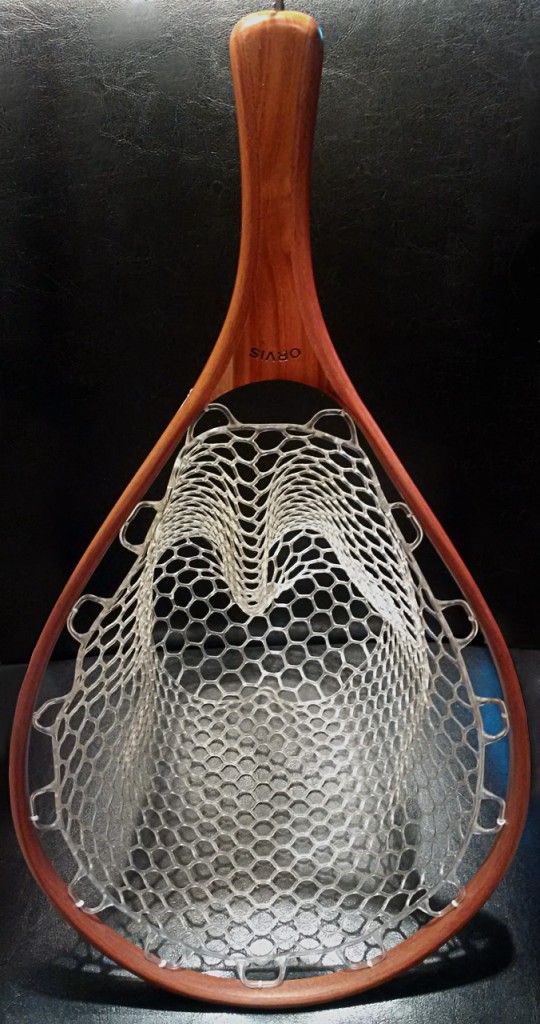
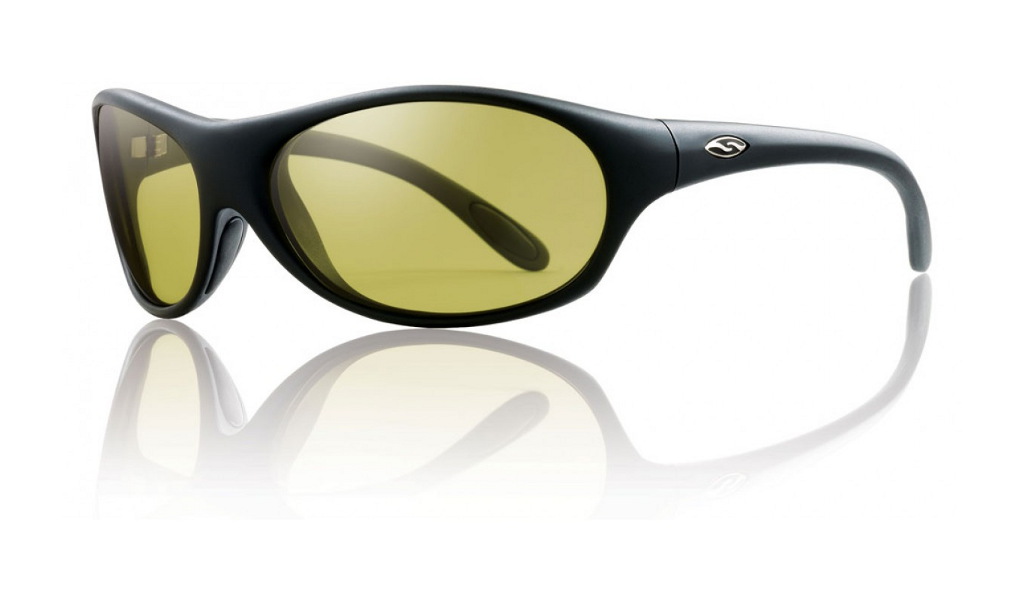
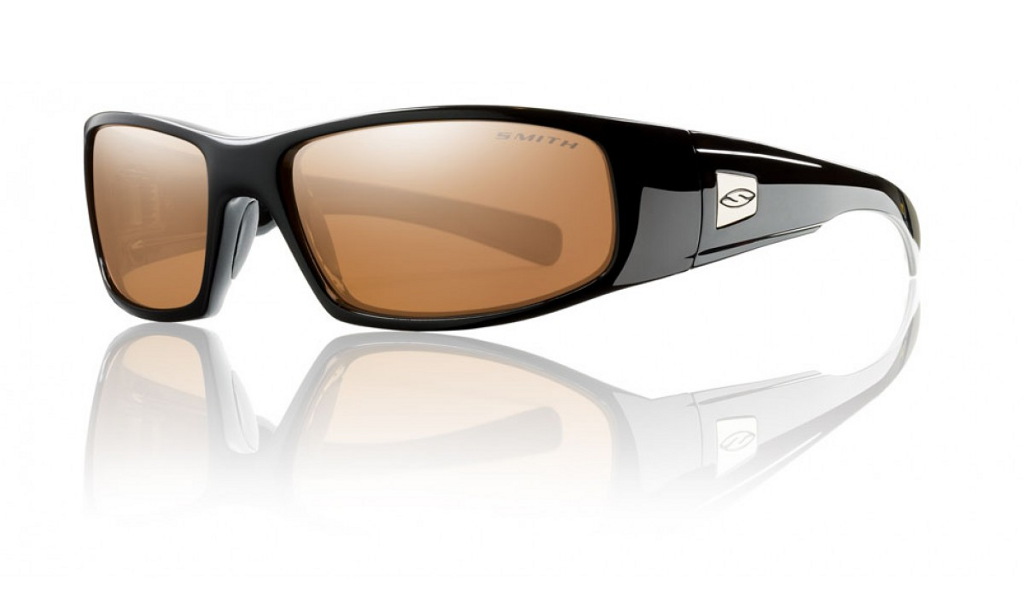
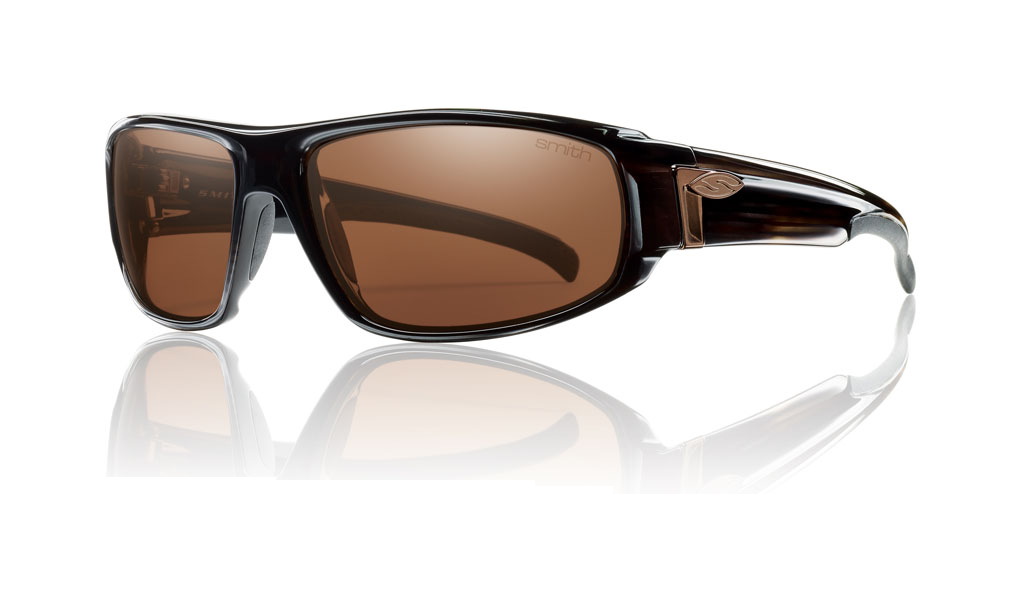
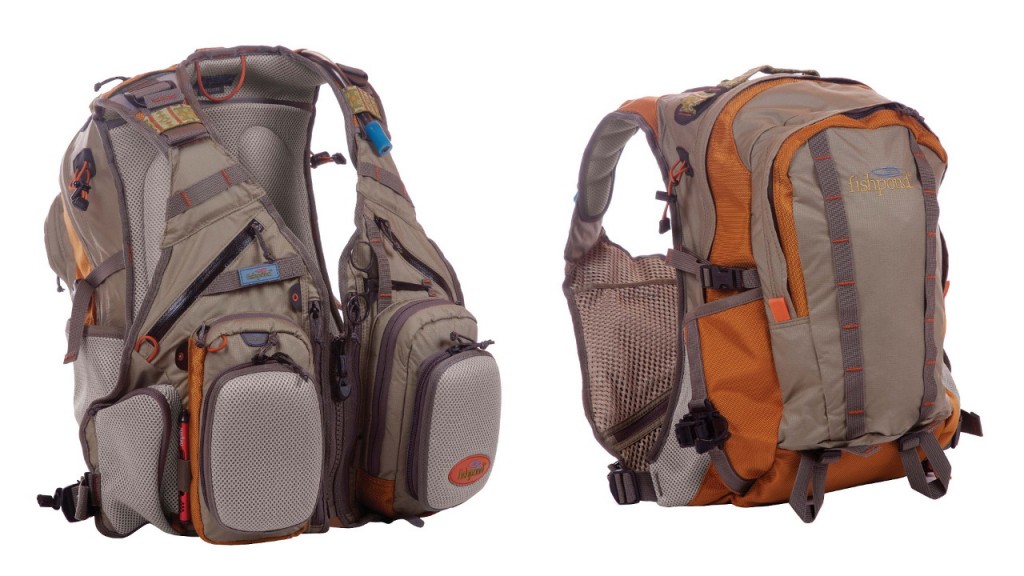
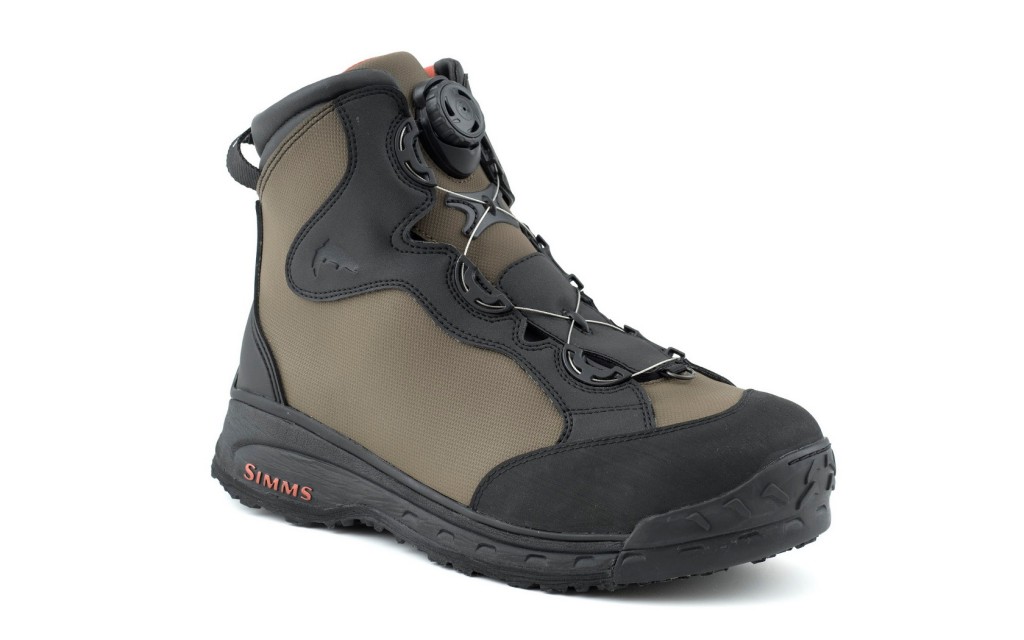
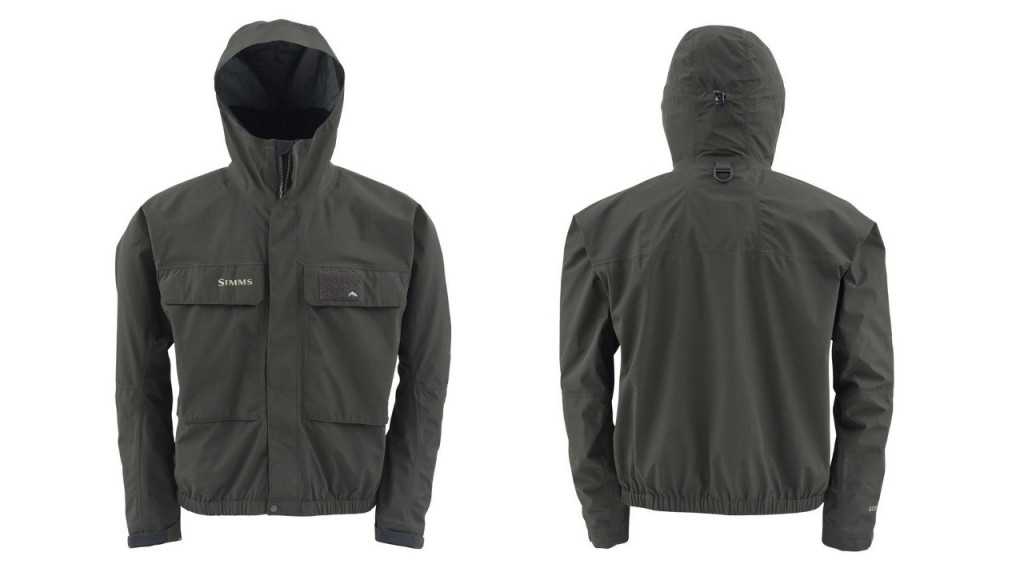
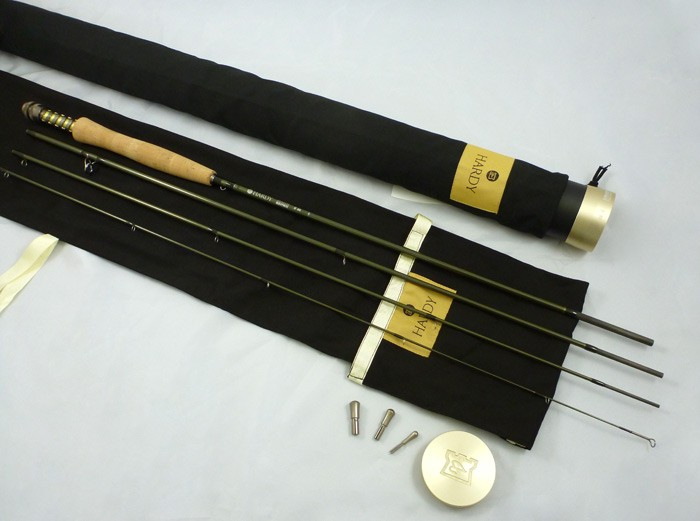
Well written. For a newbie like myself, you talked about not just what you wanted, but the reasoning behind it and the options you could’ve jumped on and why you settled for what you did. I just started fly-fishing (like in the last week! Caught my first wee one last night on a nymph with a 5 weight rod combo, also Hardy, Ross reel) so in the not too distant future I will need to get some stuff. In the meantime, my rubber boots will have to do, as slippery as they are. And a garbage bag for a raincoat. Haha.